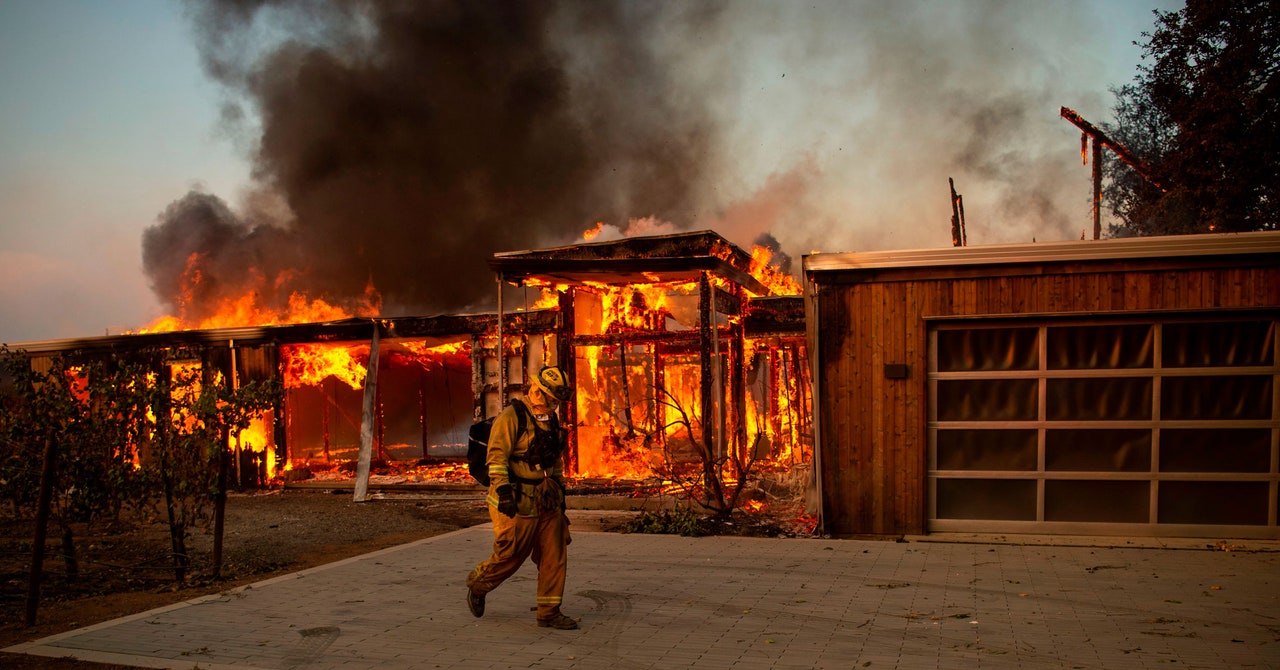
In response to questions from WIRED about changes to State Farm’s coverage, Sevag A. Sarkissian, the company’s spokesperson for California, highlighted previous statements the insurer has made about ceasing new business and its decision not to renew some policies. “Rate changes are driven by increased costs and risk and are necessary for State Farm General to deliver on the promises the Company makes every day to its customers,” Sarkissian says.
“While we paused the sale of new homeowners insurance policies in California in 2022, we continue to offer coverage to most existing homeowners insurance customers,” Allstate spokesperson Teny Josephbek said in a statement to WIRED. Increased costs also explain Allstate’s rate increases, he says. “Higher home values and repair costs coupled with more frequent, severe weather lead to higher payments to help customers recover, so we need to adjust rates to better reflect the cost of protecting our customers.”
Liberty Mutual did not respond to a request for comment.
Fires are indeed becoming more costly. Climate change is producing conditions that make wildfires more severe and the wildfire season longer, says Char Miller, a professor of environmental analysis at Pomona College in California and an expert on wildfires in the US West—a view that’s backed up by recent studies from the National Oceanic and Atmospheric Administration.
“The drying out of the US Southwest since 1980 has created so much kindling that too many landscapes are ready to explode,” Miller says. Once a fire starts, he adds, these days it can quickly become uncontainable. “The planet is warming rapidly, which increases the desiccation of vegetation and establishes near impossible conditions in which to fight fire.”
Forest management in California—including a misplaced focus on fire suppression for more than a century—has also been responsible for the negative trend in wildfire activity, as it’s allowed burnable materials to build up in the state’s wild landscapes. Some degree of burning is actually good for California’s wild areas, as it keeps levels of flammable materials down.
Californians have also been moving to riskier, more fire-prone areas, in what is known as the wildland–urban interface, or WUI. These are spaces where human development meets undeveloped wildland that, because of fire suppression, are stocked with vegetation that’s ready to burn.
“You have people pushing out into areas where they weren’t,” says Russell. “People looking for the American Dream are moving further and further out from LA and San Francisco—where land is cheaper, but it’s also drier and a bit more exposed,” he says.
Given all these factors, it’s no surprise that the estimated number of structures to be destroyed by wildfire each year is set to double over the next three decades.
But fires and migration patterns alone haven’t caused insurers to restrict their offerings, says Russell. He believes the biggest contributor to the crisis is likely the state’s own policies and regulations surrounding fire insurance.
Back in 1988, voters in California narrowly passed a ballot measure known as Proposition 103, which gave California’s Department of Insurance the right to suppress insurance rates that it deemed excessive, and required insurers to have any rate increases approved before these could be passed on to customers. This was designed to protect consumers, but as the state has been hit by more destructive fires, this power to keep costs down has ended up pushing the insurance sector down an unsustainable path.
Services Marketplace – Listings, Bookings & Reviews
